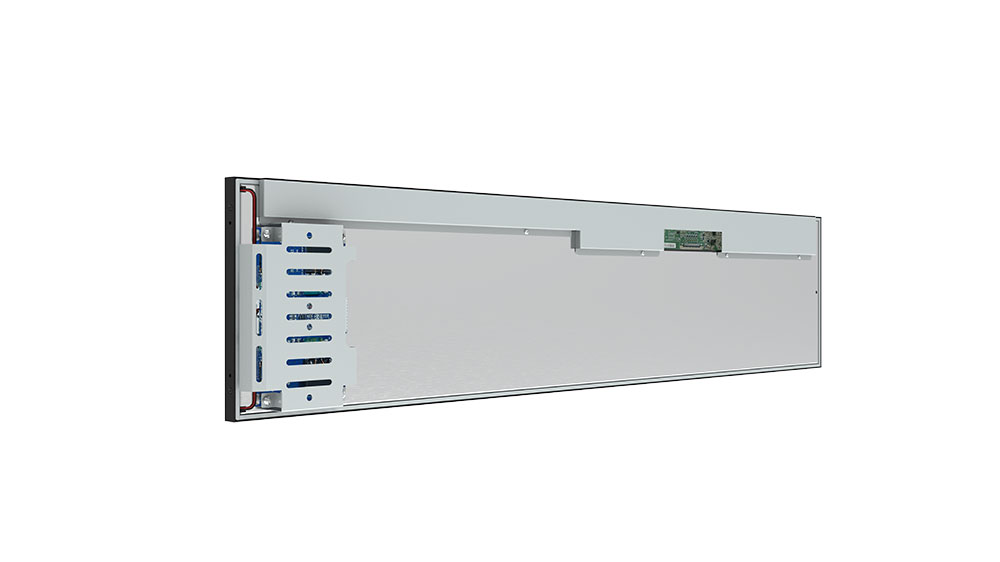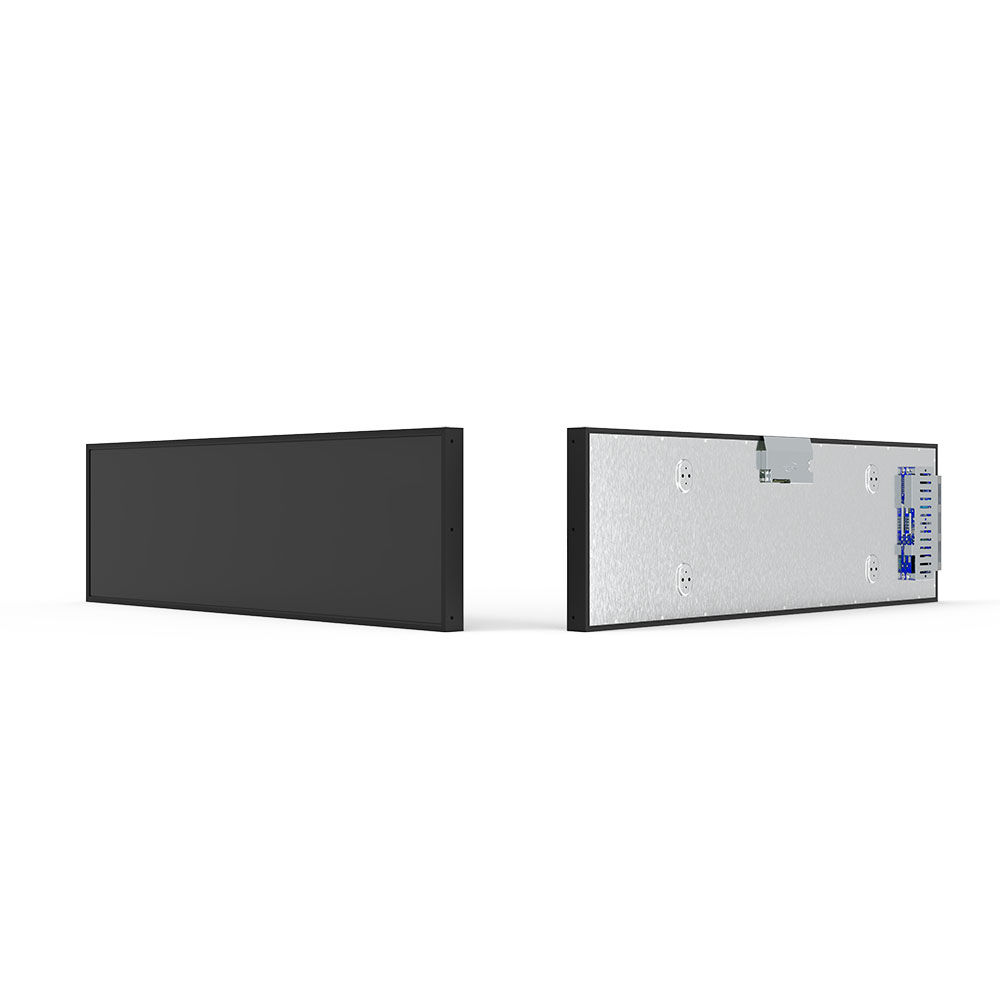- Home
- About Us
- Products
- News
- Video
- Contact
- Send Inquiry
Search
- Home
- About Us
- Products
- News
- Video
- Contact
- Send Inquiry

Outdoor LCD screens have become indispensable in modern urban infrastructure, from digital billboards and transit information displays to public safety signage and smart city installations. As sunlight exposure intensifies environmental challenges for display technology, choosing the right outdoor LCD screen is no longer a matter of convenience—it’s a strategic decision that affects performance, longevity, and user experience. This article explores the critical factors in selecting high-brightness outdoor LCD screens, grounded in industry standards, real-world case studies, and technical specifications.
The first consideration is brightness, measured in nits (cd/m²). According to the Society of Information Display (SID), outdoor displays must exceed 5,000 nits to remain visible under direct sunlight—a benchmark confirmed by Google's research on solar irradiance levels across major cities. However, this number varies based on geographic location, time of day, and ambient lighting conditions. For instance, a screen in Miami might require 6,000–8,000 nits, while one in Oslo may only need 4,000 nits due to lower average solar intensity. Manufacturers like LG, Samsung, and Sharp now offer panels with dynamic brightness adjustment features that optimize power consumption without compromising visibility—this is particularly relevant for energy-conscious deployments in sustainable cities.
Next comes the viewing angle and contrast ratio. A wide viewing angle (typically ≥170° horizontal and vertical) ensures clarity for users at different angles, crucial for pedestrian-facing applications such as bus stop signs or kiosks. Contrast ratios above 10,000:1 are essential for maintaining image depth in bright environments; this is achieved through advanced backlighting technologies like LED edge-lit arrays or full-array local dimming (FALD). Case studies from the City of London’s Smart Transport initiative show that displays using FALD-based panels reduced glare-related complaints by 42% compared to older CCFL-based systems.

Environmental durability is another non-negotiable factor. IP65 or higher ratings ensure protection against dust ingress and water splashing—an absolute must for street-level installations. In addition, thermal management systems must be integrated to prevent overheating in summer or freezing in winter. The U.S. Department of Transportation (USDOT) mandates that all outdoor electronic signage meet MIL-STD-810G for shock and vibration resistance, especially in areas with heavy traffic or seismic activity. For example, an outdoor screen installed near Los Angeles International Airport (LAX) must withstand wind gusts up to 130 km/h, requiring reinforced mounting structures and tempered glass enclosures.

Display resolution and refresh rate also impact usability. While Full HD (1920x1080) remains the standard for most outdoor applications, 4K resolution is gaining traction for large-format advertising displays where detail matters. A study by the Nielsen Company found that consumers engage 30% more with 4K content on outdoor screens than with 1080p, indicating a clear ROI for higher resolutions in marketing contexts. Meanwhile, a minimum refresh rate of 60Hz prevents motion blur—critical for video playback in transit hubs or live sports venues.
Lighting efficiency and power consumption are increasingly important, especially in regions with carbon reduction goals. Modern outdoor LCDs utilize OLED and micro-LED alternatives, but traditional LCDs still dominate due to cost-effectiveness and mature manufacturing processes. According to a 2023 report by Statista, the average power consumption for outdoor LCDs ranges from 150W to 300W per square meter, depending on brightness settings and panel type. Energy-saving modes that reduce luminance during nighttime hours can cut electricity use by up to 40%, as demonstrated by a deployment in Singapore’s Marina Bay Sands complex.
Connectivity and remote management capabilities are vital for scalability and maintenance. Most high-end outdoor LCDs support Ethernet, Wi-Fi, and cellular connectivity for over-the-air updates and diagnostics. The Open Standard for Digital Signage (OSDS), adopted by companies like NEC and Barco, enables interoperability across platforms, reducing integration costs. For instance, the New York City Transit Authority uses a cloud-based platform to manage over 2,000 outdoor displays across subway stations, allowing real-time content changes and predictive maintenance alerts.
Content adaptability is equally important. Screens must support various formats—static images, video streams, live data feeds—and be compatible with popular media players like BrightSign or ExoPlayer. Dynamic content scheduling software, such as Scala or NoviSign, allows businesses to tailor messages based on time of day, weather conditions, or foot traffic patterns. A case study from Dubai’s Mall of the Emirates revealed that using AI-driven scheduling increased ad effectiveness by 25% by aligning content with peak shopping hours.
Finally, total cost of ownership (TCO) should guide procurement decisions—not just upfront price. While a $2,000 unit might seem cheaper than a $4,000 one, the latter often includes better warranties, lower energy usage, and fewer repair cycles. A 2022 analysis by McKinsey & Company showed that TCO over a five-year period was 18% lower for premium-grade outdoor displays due to reduced downtime and higher resale value. Furthermore, many governments now offer tax incentives for purchasing energy-efficient displays, making long-term savings even more attractive.
In conclusion, selecting an outdoor LCD screen involves balancing technical performance, environmental resilience, operational efficiency, and economic sustainability. By prioritizing brightness, viewing angles, environmental sealing, resolution, power efficiency, connectivity, content flexibility, and lifecycle costs, organizations can deploy displays that not only meet today’s demands but also scale with future technological advancements. Whether it’s a city-wide information network or a retail advertising campaign, the right choice transforms passive signage into an active engagement tool—driving value across sectors and communities worldwide.